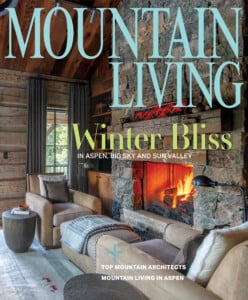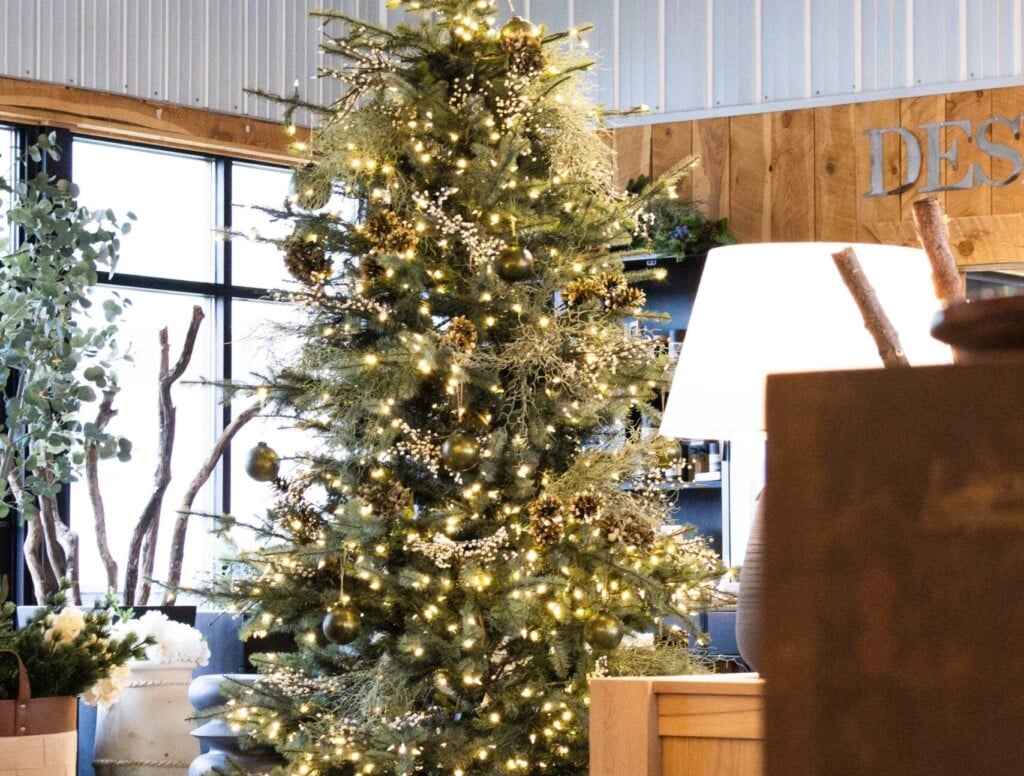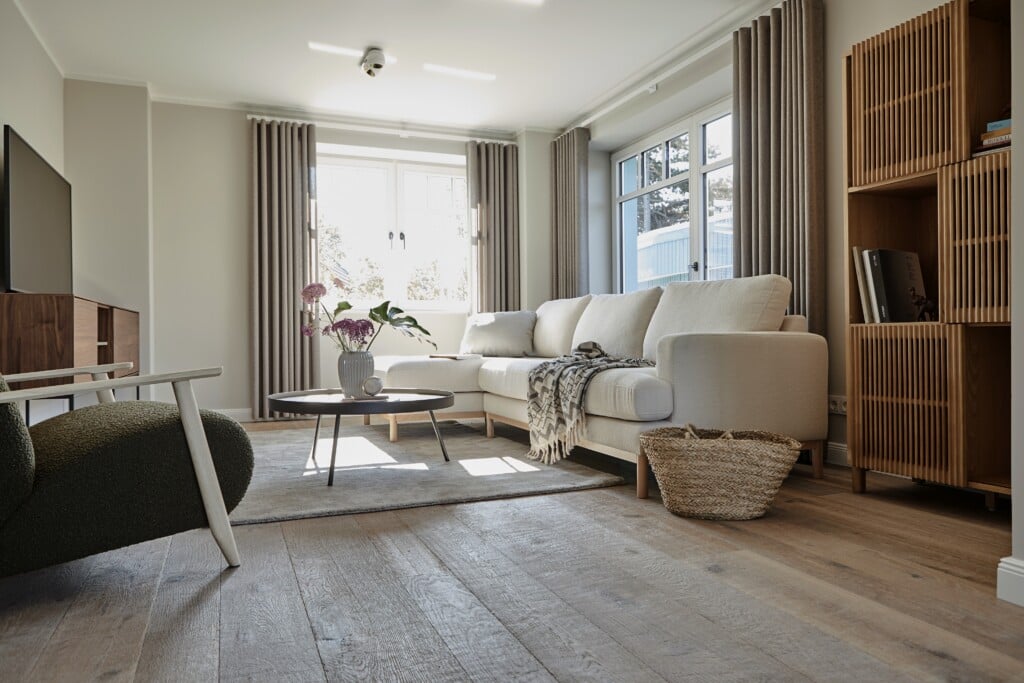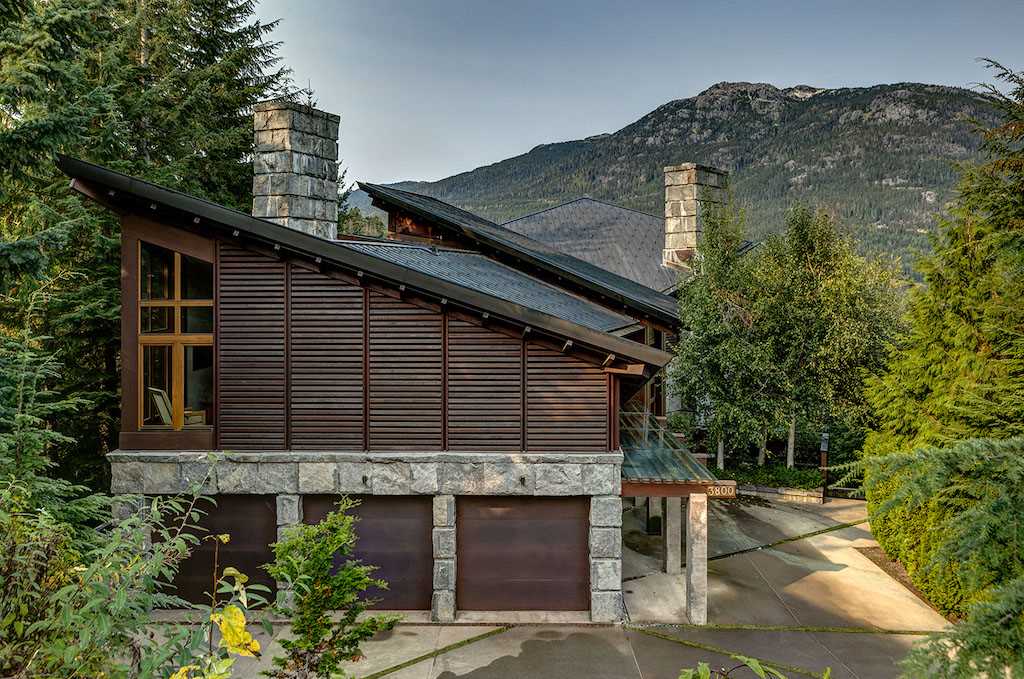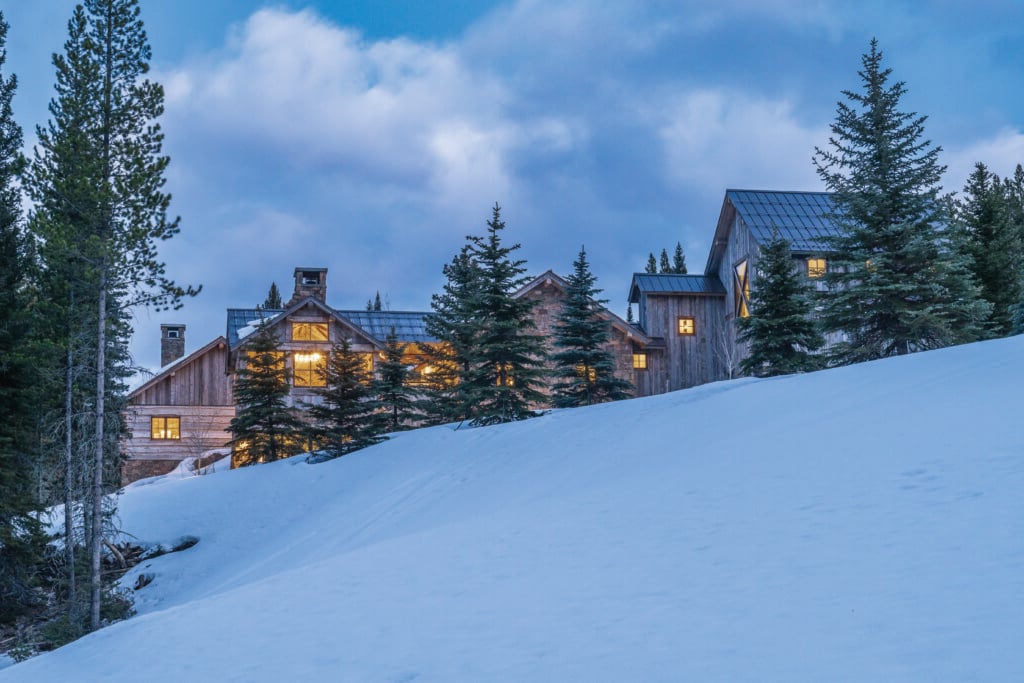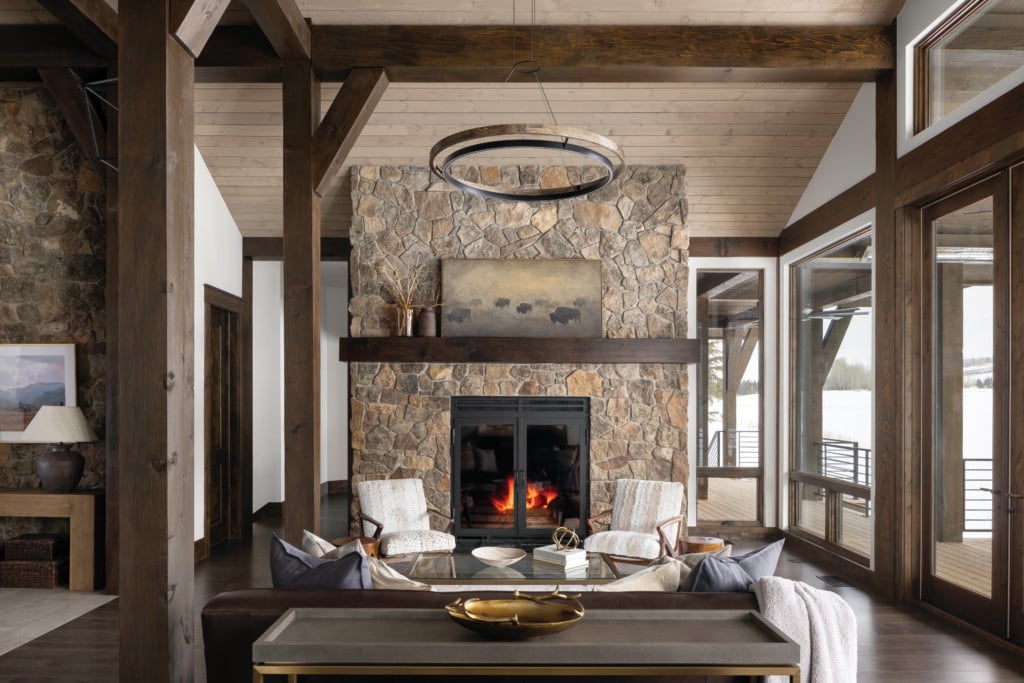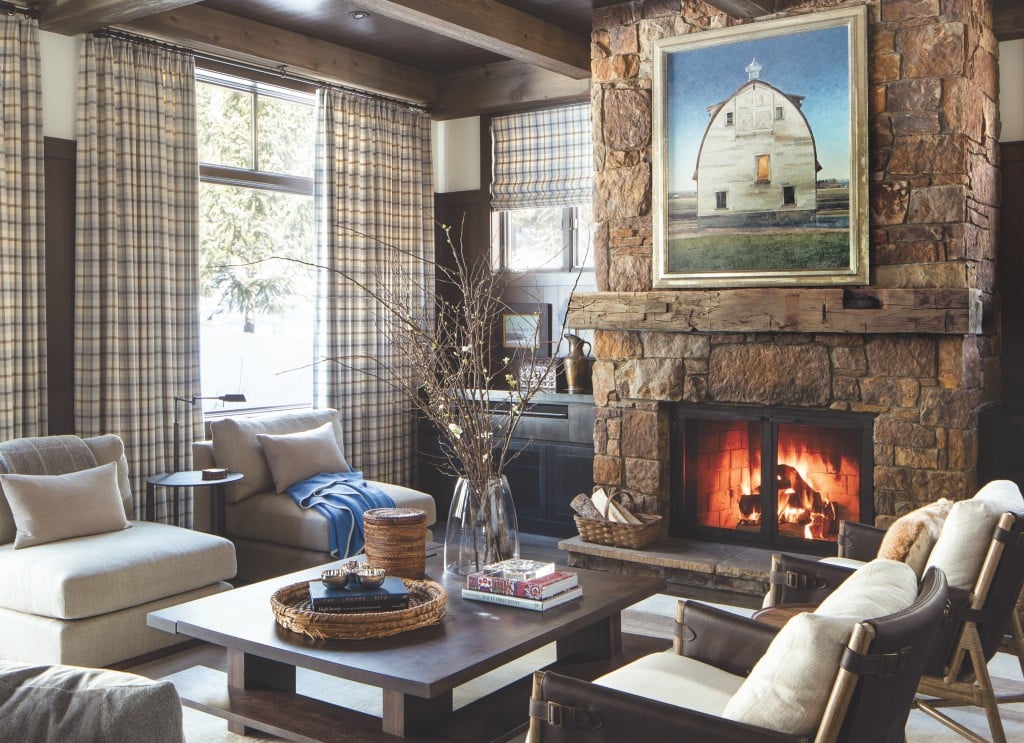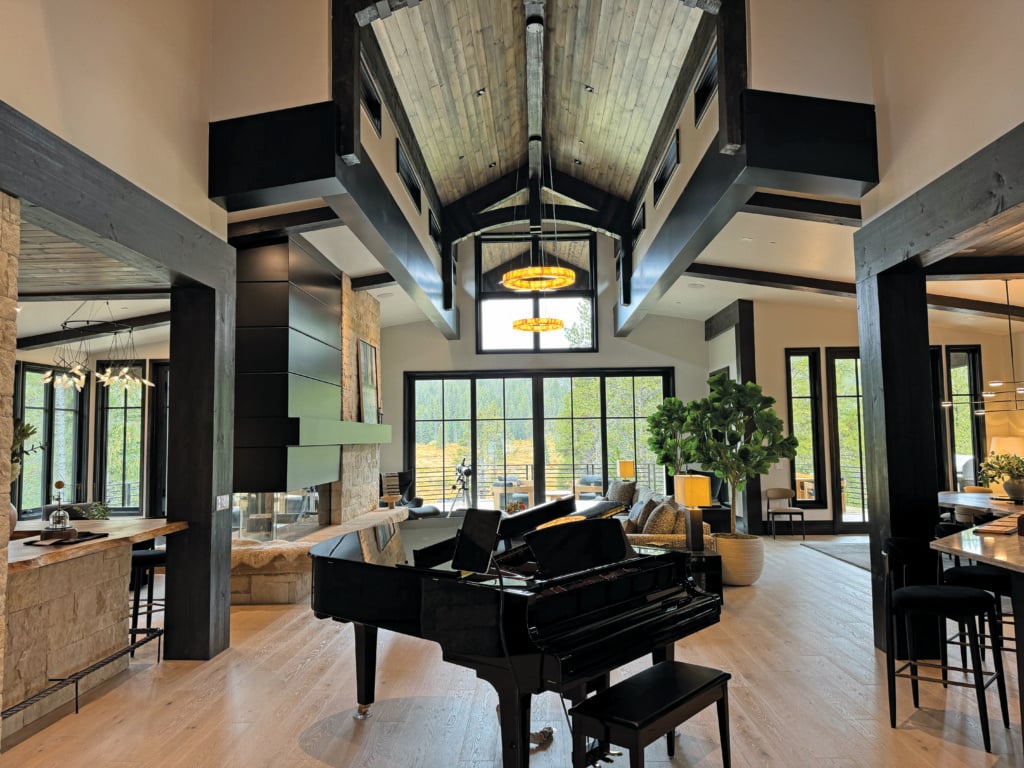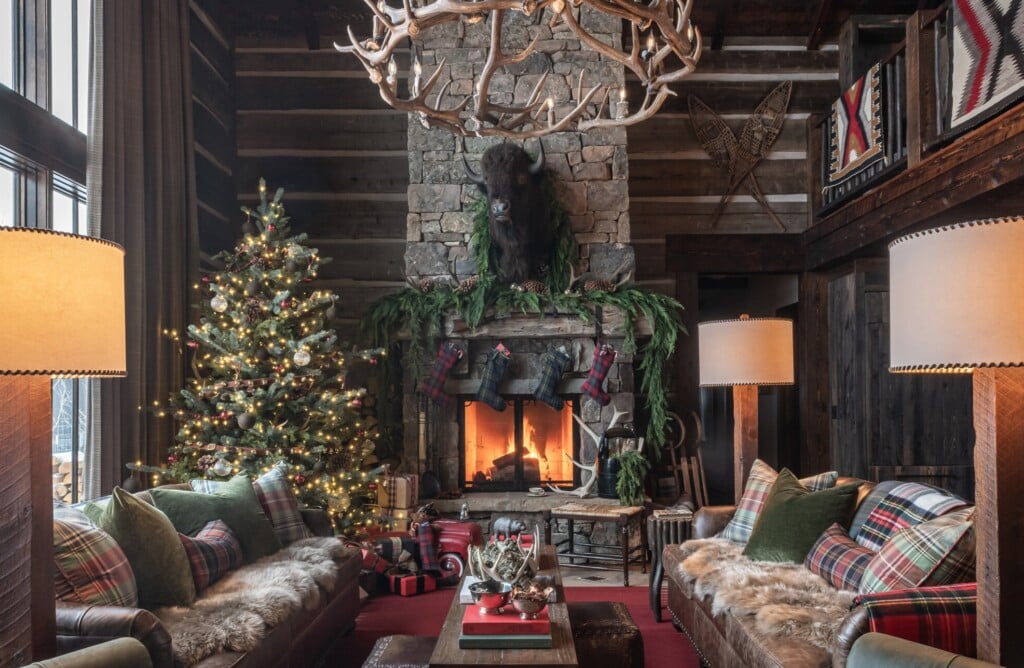The Art of Choosing and Styling Vintage Rugs
Sara Marcille of Mountain Home Collective and Heather Cade of District Loom collaborate on the impact of vintage rugs in interior design.
Styling vintage rugs isn’t about following rigid rules, but about honoring proportion, balance and the unique character of each piece. Here, we examine how to select the right rug for your design, how to determine the proper size and the impact a vintage rug can make on your home’s style.
Selecting the Right Vintage Rug
The magic of a vintage rug lies in what it brings to your home. Here are our top three considerations for choosing the perfect piece:
Pattern with Purpose
Vintage rugs often carry intricate motifs that can ground a space or act as its focal point. For rooms already rich in texture, opt for a rug with a subtle, repetitive pattern. In quieter rooms, bolder motifs can create the layer of interest the space needs.
Color as a Connector
Color is what ties a room together. The muted, time-worn hues of vintage rugs have a softness that new rugs rarely replicate. Pull one or two tones from the rug to echo in textiles, upholstery, or art. This creates a collected, cohesive feel without looking overly matched.
Why Vintage Matters
Choosing vintage isn’t only about aesthetics. These pieces have already stood the test of time, often woven by hand with natural fibers that grow more beautiful with age. Each rug carries a history, making it a sustainable and soulful choice that enriches modern mountain homes.
Scale and Placement: Laying the Foundation
Scale sets the tone. In the bedroom a 9×12 rug works best beneath a king bed, while an 8×10 feels right under a queen. Variations are always possible, but proportion is critical. The most important detail to consider isn’t just the bed — it’s the bedside tables.
With plinth-style side tables (flat bases), avoid tucking the rug halfway underneath. Instead, place the rug just in front to keep the look clean and intentional. Aim for the rug to extend 6–10 inches in front of the side tables. With four-legged tables, you have more flexibility: if your dream rug needs to fit under a leg or two of your side table, this often works aesthetically, and the furniture will not appear off-kilter.
In the living room, the same logic applies. Sofas and chairs with visible legs allow for more rug variation, while solid bases call for rugs that stop in front rather than awkwardly extend beneath.
The Final Layer
Rug styling is equal parts function and artistry. It’s about supporting the flow of a room while celebrating the story beneath your feet. The right rug grounds your furniture, elevates your palette and adds a layer of timeless character that new textiles simply can’t replicate. Best of all, the beauty of vintage rugs is that no two are alike which means there’s freedom in interpretation.
Sara Marcille is Principal Interior Designer at Mountain Home Collective located in Bozeman and Whitefish, Montana. Dedicated to creating thoughtfully authentic and luxurious interiors, their offerings are uniquely tailored to their clients’ visions and needs. Contact Sara at 406-579-2324, email her at sara@mtnhomecollective.com, or visit mtnhomecollective.com.
Content for this article provided by Mountain Home Collective and District Loom.
